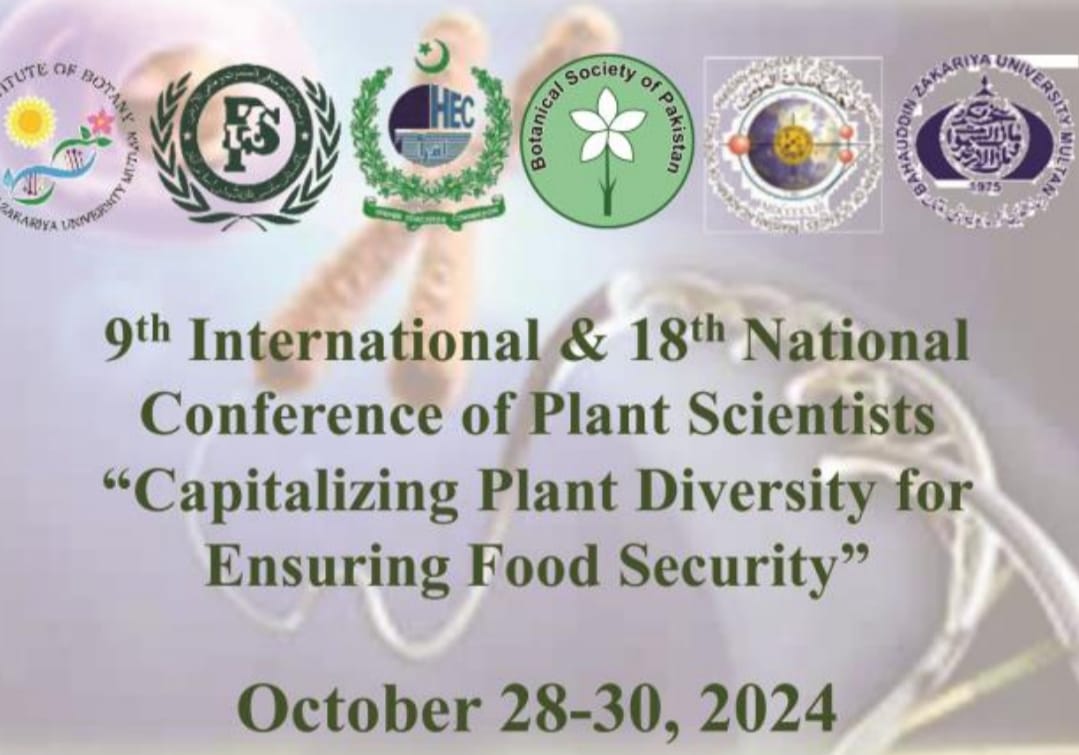
PJB-2025-1526
Taxonomic and ecological implications of culm histology in family Poaceae
Bibi Sadia, Mushtaq Ahmad, Abdulaziz Abdullah Alsahli, Zabta Khan Shinwari, Sarwar Khawaja, Burkhan Avutkhanov, Shazia Sultana and Wajia Noor
Abstract
Culm histology is significant diagnostic feature for the distinguishing and delimitation of taxa at species level. This research is conducted on culm anatomy of twenty-six grasses from arid to semiarid regions of Baluchistan (Saharo-Sindian ecoregion). Sections were prepared using shandon microtome. The outcomes revealed significant diagnostic qualitative and quantitative anatomical characteristics including number and arrangement of major and peripheral vascular bundles, central and marginal cavities, culm shape and outline, shapes and number of different types of cells, sclerification in vascular bundles. Culm shapes were terete, elliptical, quadrangular, and semiterete. In all studied taxa collateral closed vascular bundles were examined. Highest number of collective vascular bundles (55) and largest culm diameter was observed in C. divisus 2982.2µm length and 2500.6µm width. The smallest culm diameter was observed in A. cyanantha 401.2 µm. Vascular bundles were in the rows of 1-4. Taxonomic key based on qualitative anatomical features significantly discriminate the taxa down to species level. Quantitative variables are statistically analysed, collected them into a matrix and analysed their ability to delimit the studied taxa. PCA is strongly linked for epidermis, vascular bundles, sclerenchyma length and width. Loading and correlation plots determined highest correlation in culm diameter, chlorenchyma, parenchyma, sclerenchyma, vascular bundles and epidermis. Xylem exhibited minimum while phloem was negatively correlated. UPGMA dendrogram and PCA revealed the highest association among species under the same genera Aristida, Cenchrus, Dactyloctenium, except species of genus Eremopyrum, that showed wide variations on ordination. Highly significant difference among the means in ANOVA provided distinct quantitative features that were important for the discrimination among the studied taxa when combined with qualitative characters.
To Cite this article: Sadia, B., M. Ahmad, A.A. Alsahli, Z.K. Shinwari, S. Khawaja, B. Avutkhanov, S. Sultana and W. Noor. 2025. Taxonomic and ecological implications of culm histology in family Poaceae. Pak. J. Bot., 57(3): DOI: http://dx.doi.org/10.30848/PJB2025-3(25)
Download PDF


